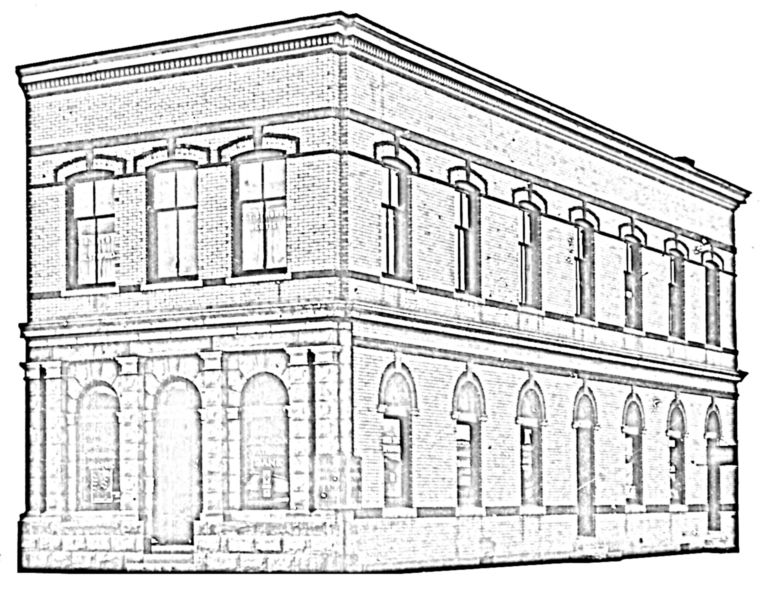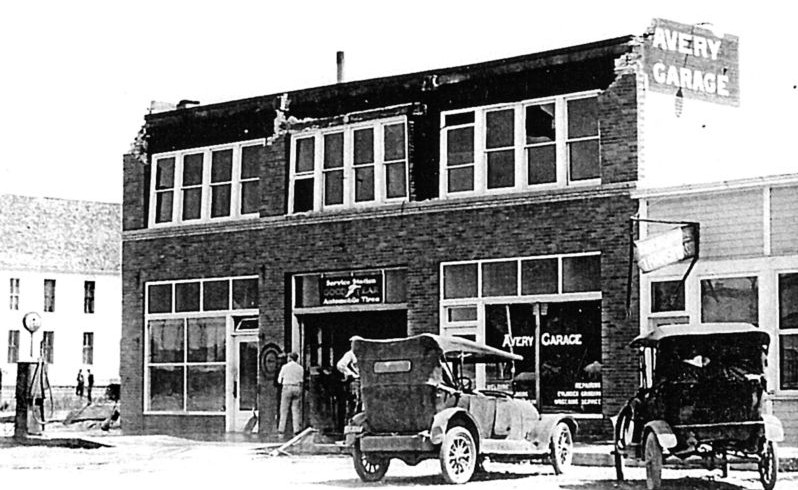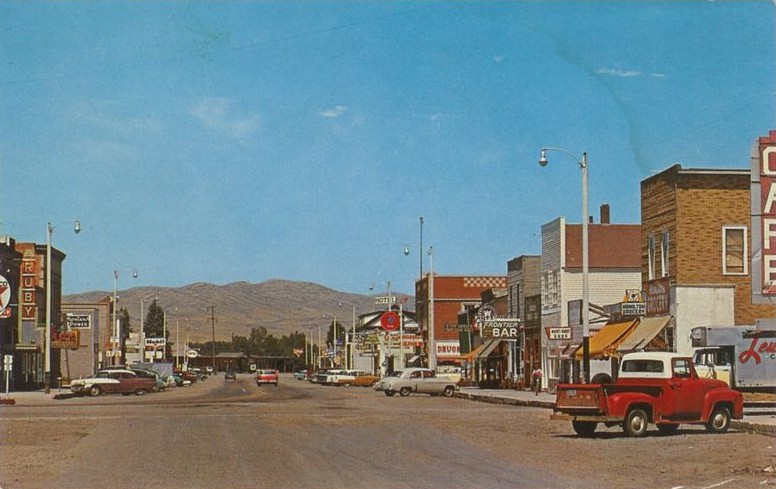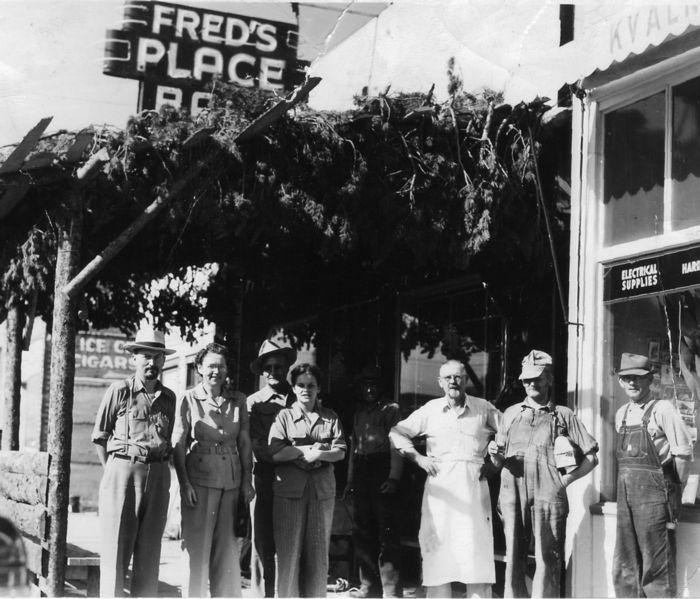| Three Forks Area Historical Society - Logan History
|





|
|
LOGAN HISTORY:
Excerpt from Headwaters Heritage History, 1983, Three Forks Area Historical Society
Logan, Montana began its history as a stage stop or rather a hotel and way-station on the stage route from Bozeman to Helena.
A James Shedd may have been the builder for there is a local newspaper maded note that "Mrs. Shedd, a very capable lady in charge of a
stage station called Canyon House." The Canyon House was a two-story log structure with a shingled roof. Its exact location is unknown
but its approximate site was on the northern side of Highway 10, about one-half mile east of the Northern Pacific Depot. One of its
early owners was Thomas Dunn, a former resident of Gallatin City.
The railroad was built through in 1883 and the stagecoaches and freight wagons ceased to operate. Then Canyon House became a residence.
Logan became a busy town as the railroad expanded and a round house and maintenance shops were built to maintain engines which were
added to the trains as they made their way over the continental divide. Many railroad employees made their homes in Logan, and there
were two hotels, seven saloons, two churches, an elementary school, two grocery stores, a meat market, a land office, lumber yard,
two barber shops, an ice supply, two gas stations, a blacksmith and other small shops; this all by 1919, when a devastating fire
destroyed much of the town. Unfortunately, most were never rebuilt. Historian Merrill G. Burlingame states the town was originally named
for Mrs. Odelia Logan, from whom the railroad purchased its land. An interesting and little-known fact is that the name of Canyon House
still exists on the Northern Pacific Railroad telegraph system. The call letters for Logan are still C.H.
The Bozeman Courier of Friday, October 17, 1947 featured Logan and its busy railroad people. It stated that 10 freight and six
passenger trains stopped each day in Logan. The crews and passengers required an average of 400 meals a day to be served in the
Depot Lunch Room. The statement is made in the article that "More passengers are handled in Logan than in any city in the world for
its size." The yards contained 12 siding tracks with over three miles of track, and over 2,500 tons of coal were delivered to the hungry
steam engines each month. Now, of course, the steam engines (those beautiful big powerful "beings" with so much personality) have long
ago been replaced by the efficient, robot-like diesel engines, and there is no need to add engines to get over the mountains. The coming
of the diesel locomotives, together with the building of the interstate highway, has changed Logan to mainly a residential village.
Area History Main Page
|
|
|




